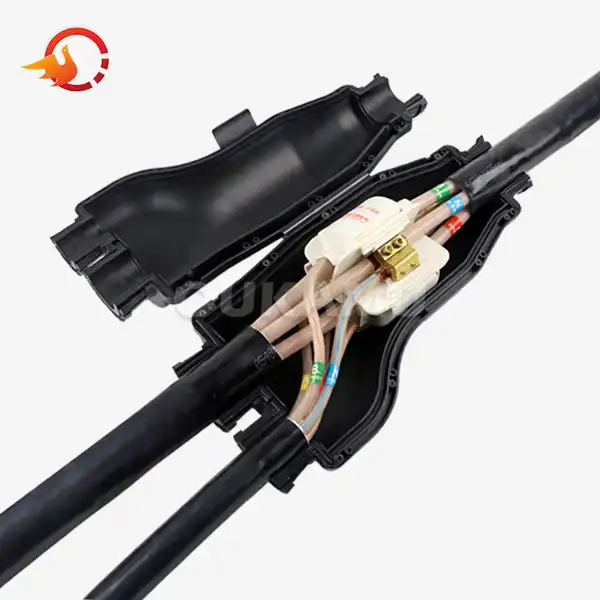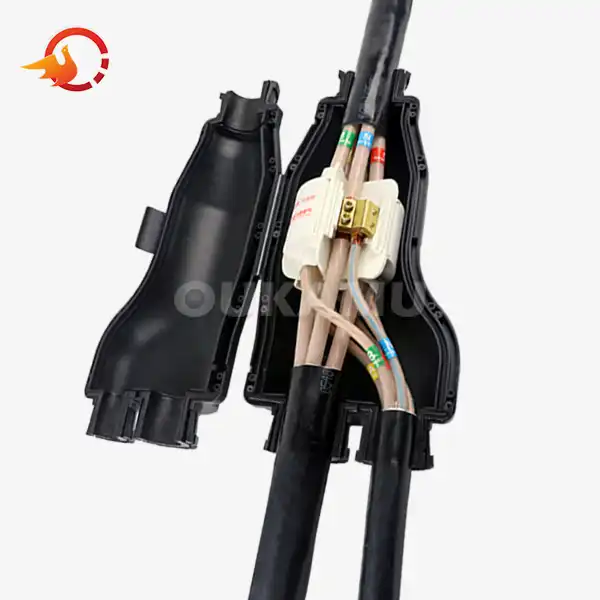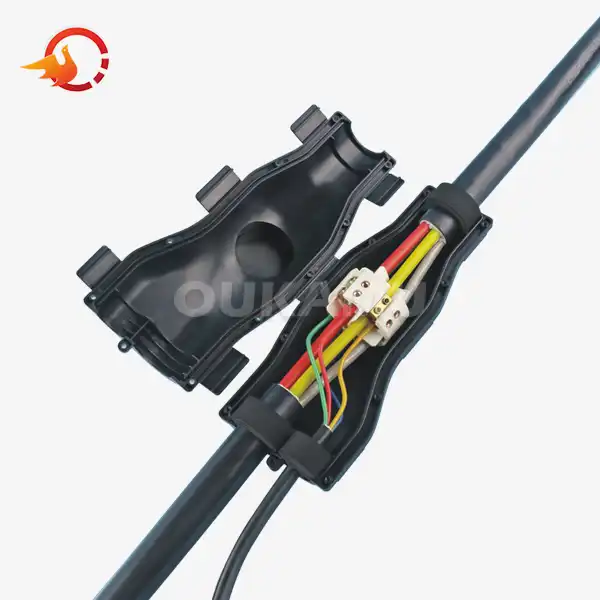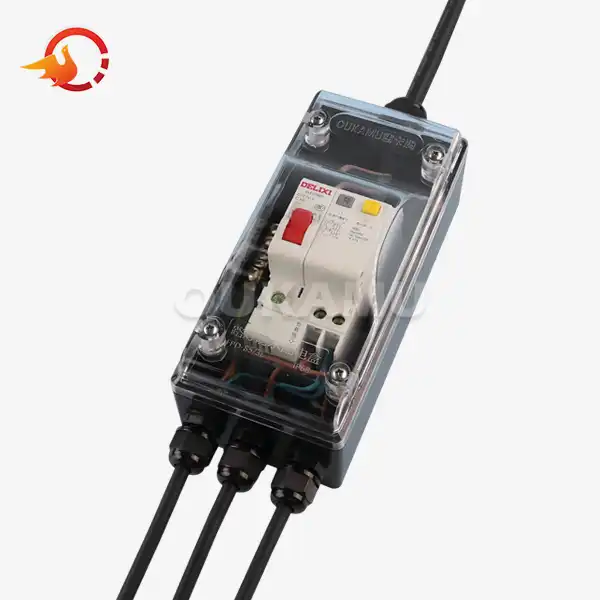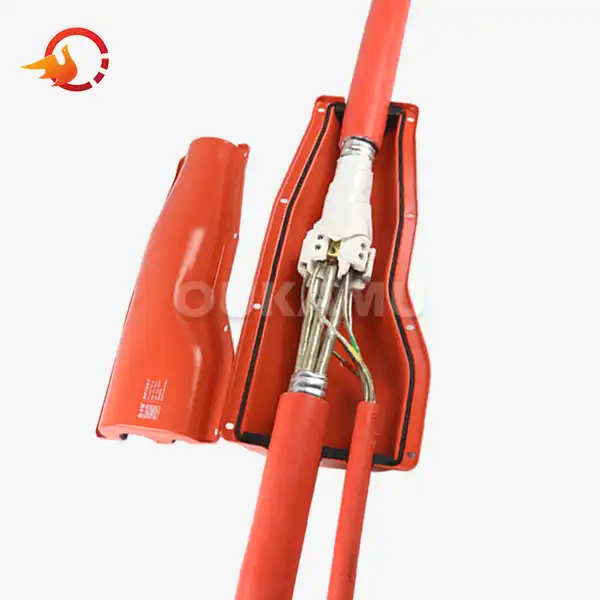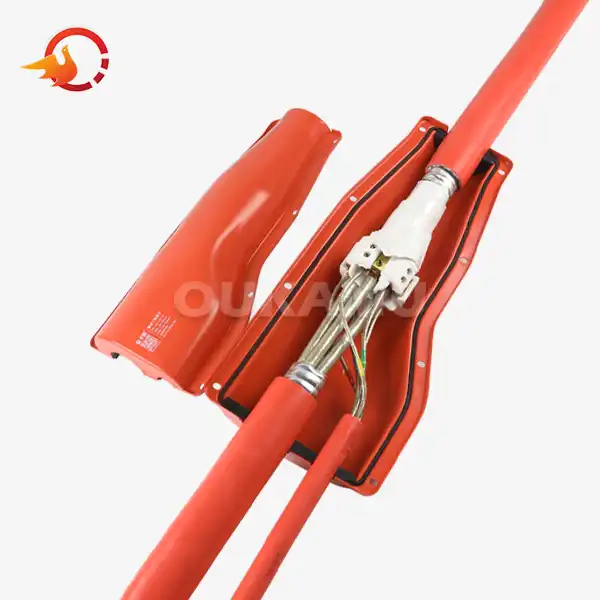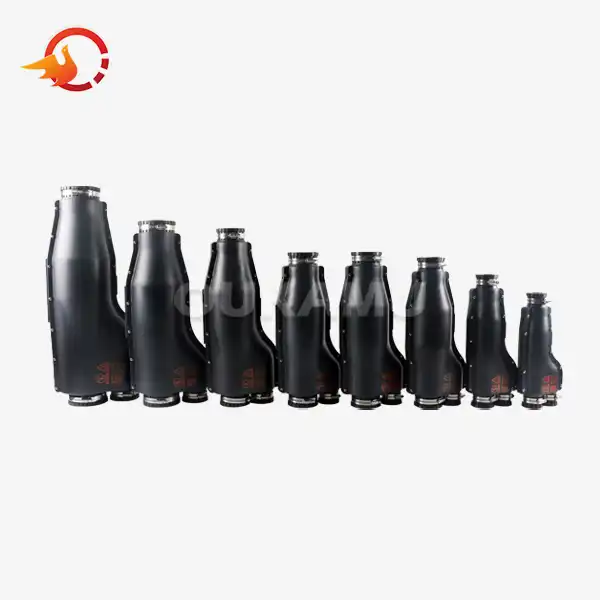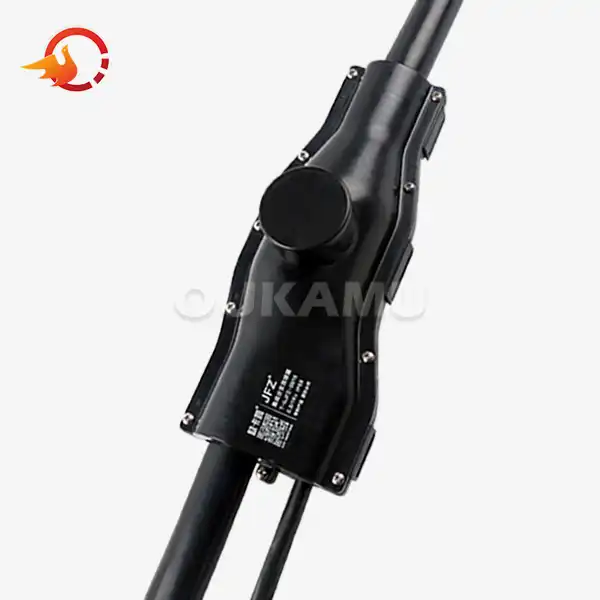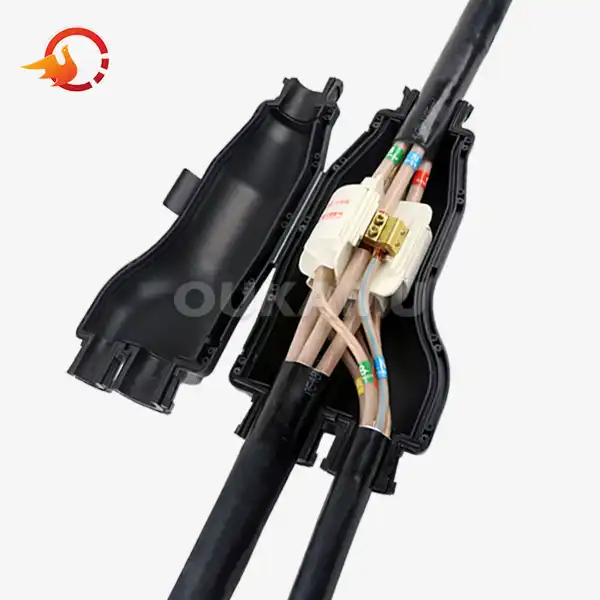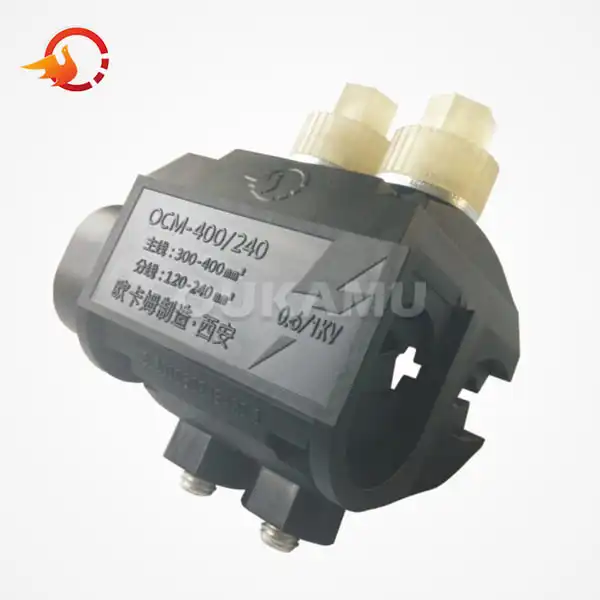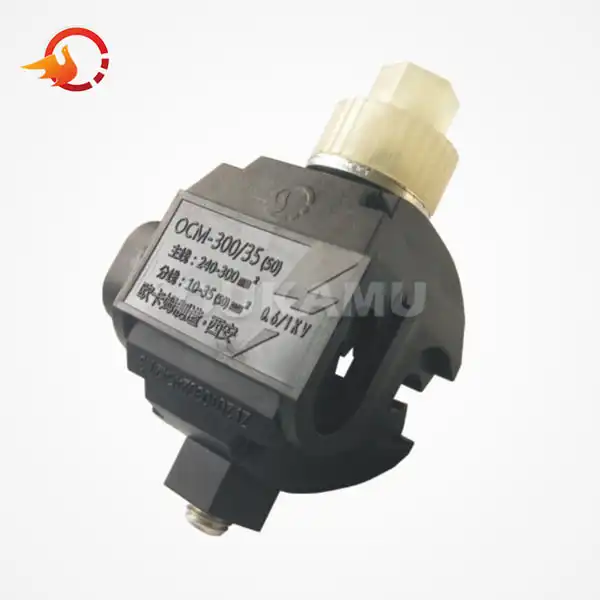What to Consider Before Buying Low Voltage Cable Connectors?
 2024-11-14 15:55:31
View:389
2024-11-14 15:55:31
View:389When it comes to electrical installations, the importance of choosing the right low voltage cable joint connector cannot be overstated. These crucial components play a vital role in ensuring safe and efficient power distribution across various industries, including construction, municipal projects, and transportation infrastructure. As a professional in the field, it's essential to make idnformed decisions when selecting these connectors. This comprehensive guide will delve into the key factors you should consider before making your purchase, helping you make the best choice for your specific needs.
Understanding the Importance of Quality in Low Voltage Cable Connectors
The quality of low voltage cable joint connectors is paramount in ensuring the safety, reliability, and longevity of electrical installations. High-quality connectors not only provide superior performance but also contribute to reduced maintenance costs and improved overall system efficiency. When evaluating connector quality, several factors come into play:
Material Composition: The materials used in manufacturing low voltage cable joint connectors significantly impact their performance and durability. Look for connectors made from high-grade materials such as copper alloys or aluminum, which offer excellent conductivity and corrosion resistance. These materials ensure optimal electrical performance and longevity, even in challenging environmental conditions.
Insulation Properties: Proper insulation is crucial for preventing electrical leakage and ensuring safety. High-quality low voltage cable joint connectors feature robust insulation materials that can withstand various environmental factors, including moisture, heat, and UV radiation. Look for connectors with flame-retardant and fire-resistant properties, especially for installations in buildings or other sensitive areas.
Mechanical Strength: The structural integrity of the connector is vital for maintaining a secure and stable connection over time. Opt for connectors that demonstrate excellent mechanical strength, capable of withstanding physical stress and vibrations. This is particularly important in industrial settings or areas prone to environmental disturbances.
Sealing Capabilities: Effective sealing is essential to protect the connection from moisture, dust, and other contaminants that could compromise its performance. High-quality low voltage cable joint connectors often feature advanced sealing technologies, such as gel-filled designs or robust gaskets, to ensure long-term protection against environmental factors.
Compliance with Standards: Ensure that the connectors you choose comply with relevant industry standards and regulations. This not only guarantees their quality and safety but also ensures that your installation meets legal requirements. Look for certifications from recognized bodies and ask suppliers for documentation proving compliance.
Evaluating Technical Specifications and Compatibility
When selecting low voltage cable joint connectors, it's crucial to carefully evaluate their technical specifications and ensure compatibility with your existing systems. This process involves considering several key factors:
Voltage Rating: Verify that the connector's voltage rating matches or exceeds the requirements of your application. Low voltage systems typically operate at 1000V or less, but it's essential to choose connectors rated appropriately for your specific voltage needs to ensure safety and compliance.
Current Capacity: The connector must be capable of handling the maximum current expected in your system. Consider both continuous and peak current loads when making your selection. Choosing a connector with an inadequate current capacity can lead to overheating, reduced efficiency, and potential safety hazards.
Cable Size Compatibility: Ensure that the connector is suitable for the size and type of cables you're using. This includes considering both the conductor size and the overall cable diameter. Many modern low voltage cable joint connectors offer flexibility in accommodating various cable sizes, but it's crucial to verify compatibility to ensure a secure and efficient connection.
Temperature Rating: Consider the operating temperature range of the connector, especially if it will be installed in environments with extreme temperatures. The temperature rating should account for both the ambient temperature and any heat generated by the current flowing through the connector.
IP Rating: The Ingress Protection (IP) rating indicates the connector's resistance to dust and water ingress. For outdoor installations or environments with high humidity or dust levels, choose connectors with appropriate IP ratings to ensure long-term reliability.
Ease of Installation: Consider the installation process and any special tools or techniques required. Some advanced low voltage cable joint connectors offer tool-free installation or integrated features that simplify the connection process, potentially saving time and reducing the risk of installation errors.
Flexibility and Future-Proofing: Evaluate whether the connector offers flexibility for future modifications or expansions. Some connectors allow for easy addition of branch cables or reconfiguration, which can be valuable in dynamic environments where system changes are anticipated.
Considering Long-Term Performance and Maintenance
When investing in low voltage cable joint connectors, it's essential to look beyond immediate needs and consider long-term performance and maintenance requirements. This forward-thinking approach can lead to significant cost savings and improved system reliability over time.
Durability and Lifespan: Assess the expected lifespan of the connectors under typical operating conditions. High-quality low voltage cable joint connectors should be designed to last for many years, even in challenging environments. Consider factors such as resistance to corrosion, UV radiation, and chemical exposure, which can all impact the connector's longevity.
Maintenance Requirements: Evaluate the maintenance needs of different connector types. Some advanced designs offer low-maintenance or maintenance-free operation, which can significantly reduce long-term costs and downtime. Consider connectors that feature self-healing insulation or corrosion-resistant coatings to minimize maintenance requirements.
Ease of Inspection: Choose connectors that allow for easy visual inspection or testing without requiring disassembly. This can greatly simplify routine maintenance procedures and help identify potential issues before they escalate into major problems.
Repairability and Replaceability: Consider how easily the connectors can be repaired or replaced if necessary. Some designs allow for individual components to be replaced without requiring a complete connector replacement, which can be more cost-effective in the long run.
Environmental Impact: As sustainability becomes increasingly important, consider the environmental impact of your chosen connectors. Look for products made from recyclable materials or those designed with end-of-life considerations in mind.
Scalability and Upgradability: Consider whether the chosen connectors will accommodate future system expansions or upgrades. Opting for a modular or easily expandable connector system can provide valuable flexibility as your needs evolve over time.
Conclusion
In conclusion, selecting the right low voltage cable joint connector requires careful consideration of various factors, including quality, technical specifications, compatibility, and long-term performance. By taking a comprehensive approach to evaluating your options, you can ensure that you choose connectors that not only meet your current needs but also provide reliable and efficient service for years to come. Remember, investing in high-quality connectors often pays dividends in terms of reduced maintenance costs, improved safety, and enhanced system reliability. For personalized advice on selecting the best low voltage cable joint connectors for your specific application, don't hesitate to reach out to industry experts or contact us at info@okmbranchcable.com.
References
1. Smith, J. (2022). "The Complete Guide to Low Voltage Cable Connectors". Electrical Engineering Quarterly, 45(2), 78-92.
2. Johnson, R. & Brown, L. (2021). "Advancements in Cable Joint Technology for Industrial Applications". Power Systems Technology, 33(4), 112-128.
3. Zhang, Y. et al. (2023). "Comparative Analysis of Low Voltage Cable Connector Performance in Harsh Environments". IEEE Transactions on Power Delivery, 38(1), 245-260.
4. National Electrical Manufacturers Association. (2022). "NEMA Standards Publication CC 1: Electric Power Connection for Substations".
5. International Electrotechnical Commission. (2023). "IEC 61238-1-3: Compression and mechanical connectors for power cables".






